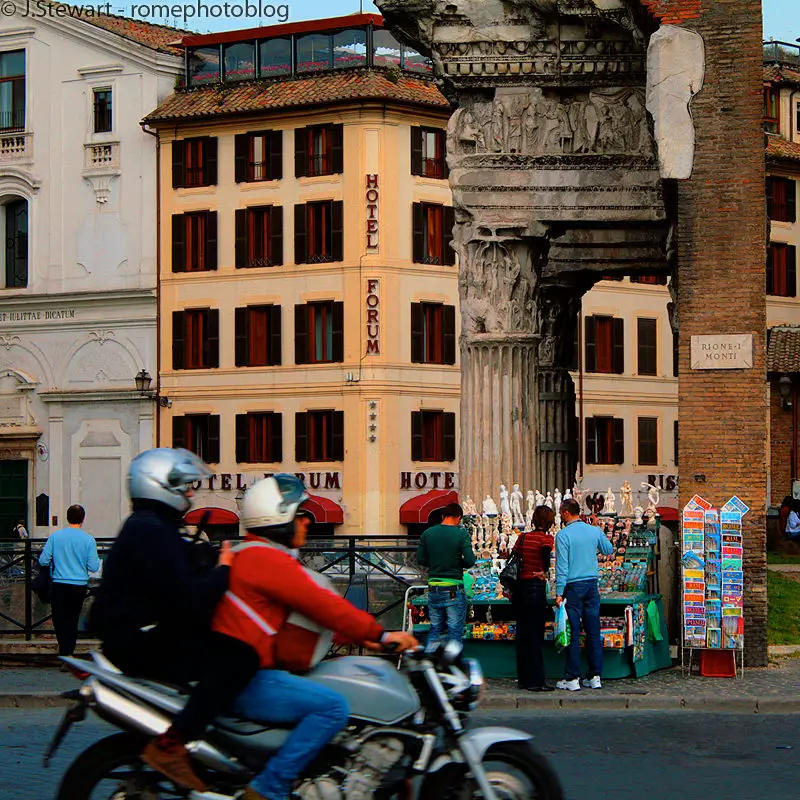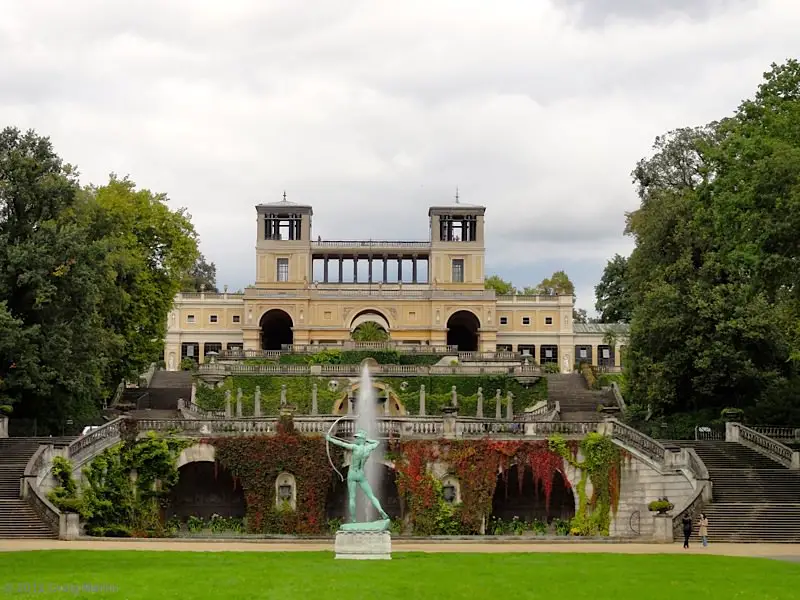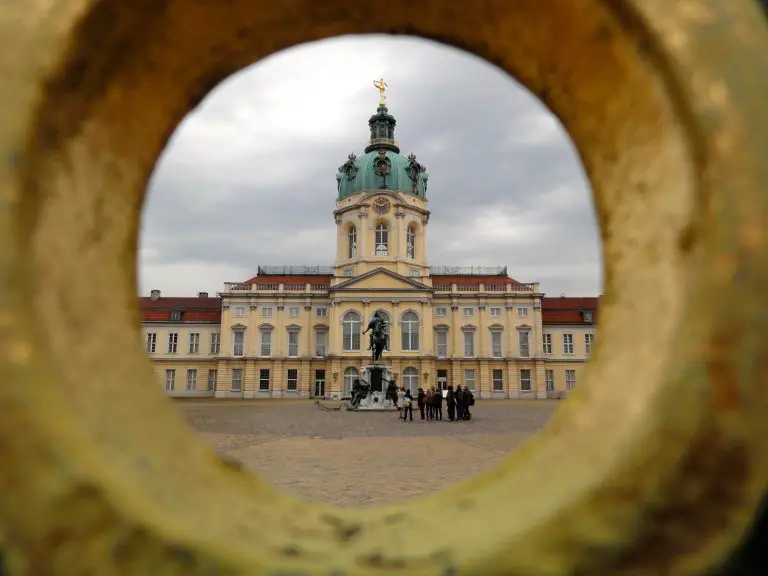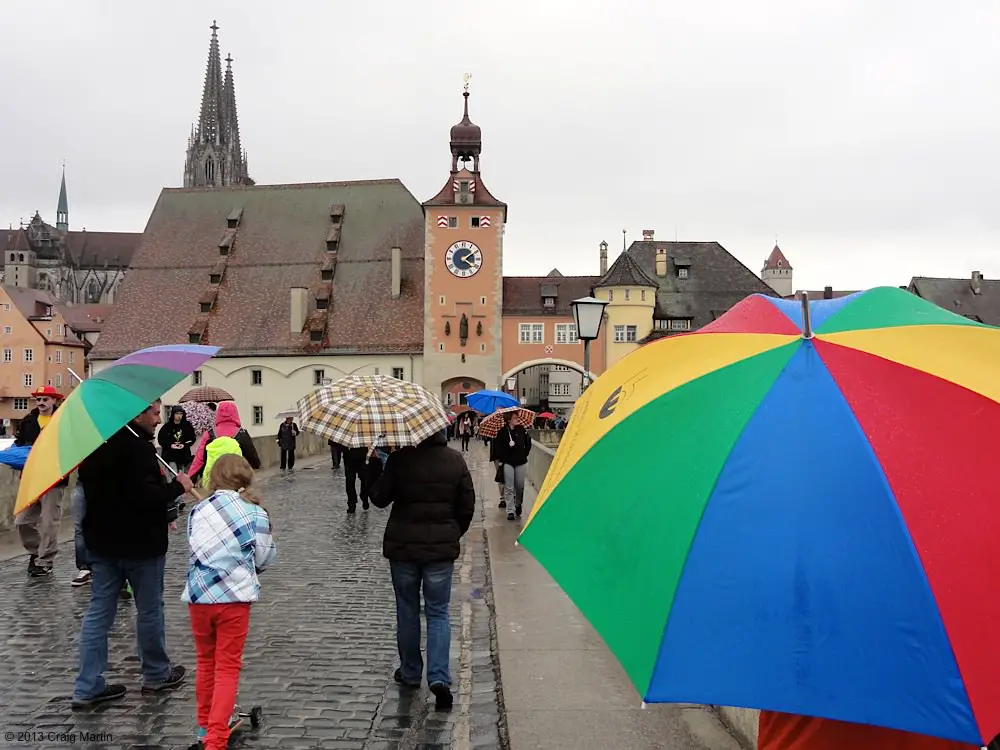Visiting Dachau concentration camp
Dachau is a sleepy little Bavarian town, just 20 minutes outside Munich, Germany, whose name became synonymous with the Nazi concentration camp it contained from 1933 until the end of WWII in 1945. In many ways it was the prototype and model of all concentration camps, and still is a watchword for all types of Nazi cruelty: overcrowded conditions, forced labour, brutal torture, sadistic guards, gas chambers, medical experiments.
A visit to Dachau is never going to be a light-hearted trip.
It was a grey morning as we set off from Munich Hauptbahnhof on the local S Bahn railway towards Dachau. The ride was smooth, as was bus 724 which was waiting for us outside the station and dropped us at the entrance to the memorial park.
[box type=”info”]The Bayern Ticket is a 24-hour integrated rail and bus pass costs €22 for the first user, then €4 for each of up to four other people. The ticket can be used for this trip, and can be used right across Bavaria and down to Salzburg, Austria.[/box]
On the first of June, the grey signage and clay soil contrasted against the green of trees. Birds sang in the trees, but there weren’t many smiling faces to be seen as we entered the park and headed to the concrete-and-glass information centre near the entrance.
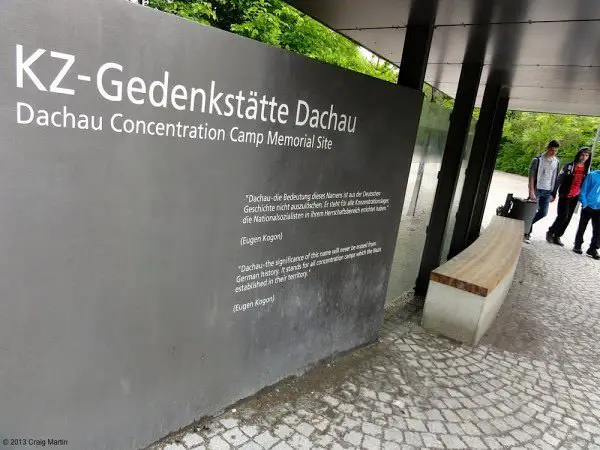
We had around two hours to visit, and decided to pick up an audio guide to share (€2.50 for students, €3 regular price) as we walked through the grounds. In hindsight, this wasn’t the best idea: sharing wasn’t practical as there were no headphone outputs, and two hours meant we were short on time. The audio was great though: giving additional information on information boards and photos, and including excerpts of real-life interviews with survivors and their contemporaries.
[box type=”alert”]With a transport time of around 30 minutes between Munich station (Hauptbahnhof) and Dachau concentration camp, we’d recommend you plan for four to five hours round trip from Munich with at least three hours at the camp. There are enough points of interest to make Dachau worth a full-day trip.[/box]
A wooded walk takes you to the entrance of the prison, where railway lines have been excavated, and a steel gate sits within a white tower gateway: “Work will make you free” reads the wording on the gate and you push forward and through to the roll call grounds.
At its most busy, the camp which was built to house 6,000 prisoners was home to 63,000. Before and after a 12-hour workday all those prisoners would stand for an hour while the roll-call was taken, punishments were dealt out before all, and the exhausted would lay where they fell. It’s impossible to imagine the scene when only a hundred other visitors stand before you.
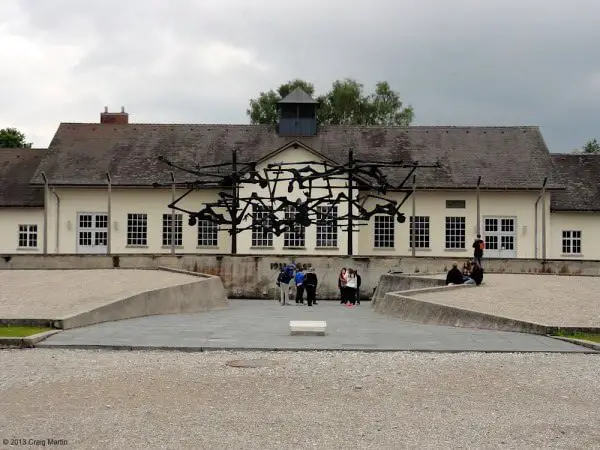
You enter the museum to your right: into the same room new arrivals would be processed through. You get to keep your clothes, possessions, health and dignity, but you’ll lose your composure and an hour or more of your time, both disgusted and captivated by the stories and factoids presented side-by-side in German and English. The level of detail seemed just right to me: easy to digest main points allowed you to easily understand the bigger concepts, while denser texts, historical photos, audio, and video all worked to paint a fuller and more nuanced picture.
Opposite the museum is a reconstructed set of barracks: the bunks inside modelled after different periods of Dachau’s existence. It was originally custom-built as a concentration camp sitting alongside an SS training camp, but was rebuilt by prisoners as it expanded and expanded. The conditions at first seemed poor but habitable; by the end, inhuman.
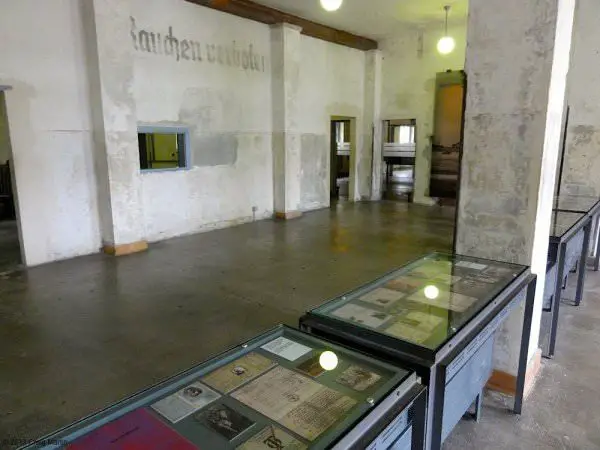
Leaving behind the warm smell of wood, behind these barracks are the reconstructed foundations of dozens more. Wire fences punctuated with stone watch towers circle the large rectangle which leads back towards the crematorium: built when so many inmates were being killed that they couldn’t dig graves fast enough. This has been preserved as a memorial, but with our bus departing in 10 minutes, we had no choice but to turn back, drop off our audio guide and head to the entrance.
It was a sober return to Munich, both Linda and I wrapped in our own thoughts and — like our visit to Auschwitz in 2007 — this visit is sure to stay with us for the rest of our lives.
For me, it’s a reminder to keep travelling, keep opening myself to new ideas, people, and lifestyles; and to fight against violent hegemonies, herd mentalities, and injustice. As the memorial reiterates time after time: Never again.
We visited Dachau in a morning as part of #IndieGermany – a five week trip through Germany with ACPRail.com. Look for #indiegermany on Facebook, Twitter, Instagram, and Vine (as “indietravel”).


